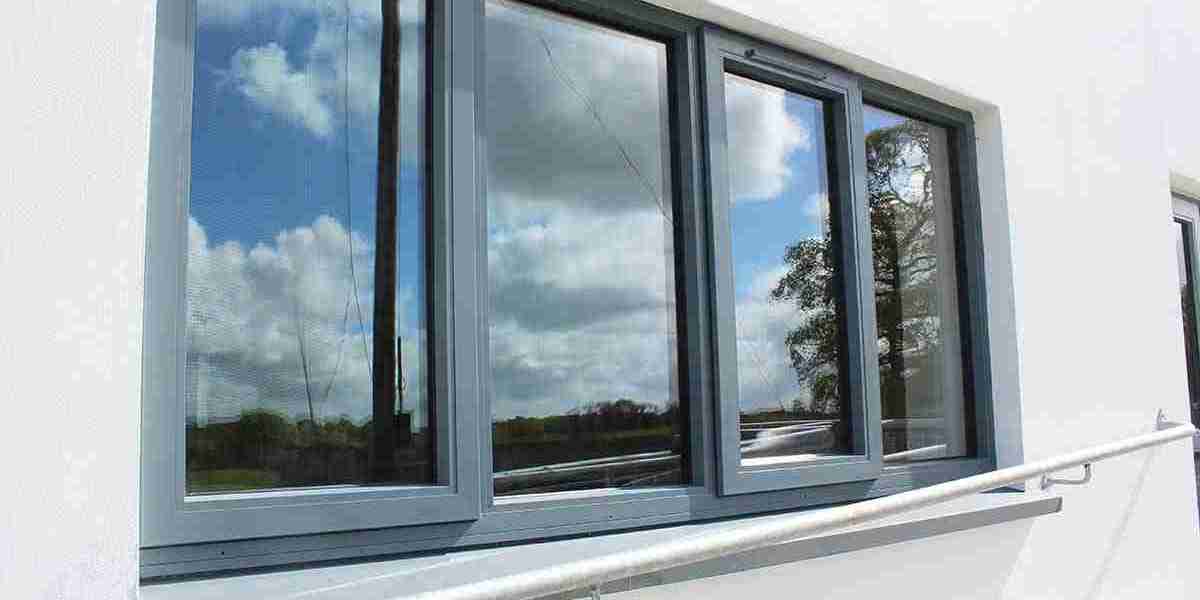The global aluminium windows market, known for its resilience and modern aesthetics, has seen substantial growth over the past decade. Aluminium windows are preferred in both residential and commercial construction due to their durability, design flexibility, and corrosion resistance. However, despite their popularity, several significant restraints are limiting the full potential of market expansion. These constraints stem from economic, environmental, and material-specific challenges that continue to impact manufacturers, developers, and consumers alike.
1. High Initial and Production Costs
One of the primary restraints affecting the aluminium windows market is the relatively high cost of production. Aluminium, as a raw material, undergoes an energy-intensive extraction and manufacturing process, resulting in higher prices compared to alternatives like uPVC and wood. The machinery, fabrication, and finishing involved further contribute to increased expenses. For budget-conscious developers, particularly in developing regions, this cost becomes a barrier to widespread adoption.
Additionally, the installation of aluminium windows often requires skilled labor, which increases the overall project cost. The higher up-front investment required for aluminium window systems limits their market share in low-income housing and small-scale commercial projects.
2. Raw Material Price Volatility
Aluminium prices are highly sensitive to global supply and demand dynamics, energy prices, and geopolitical factors. Disruptions in bauxite mining or aluminium smelting, changes in import-export policies, or fluctuations in oil prices can significantly affect aluminium costs. Such volatility poses a challenge for manufacturers who struggle to maintain consistent pricing and profitability. Developers, in turn, face difficulties in budgeting and long-term planning, which can delay or cancel construction projects involving aluminium windows.
3. Environmental and Regulatory Pressures
Despite aluminium being recyclable, its production carries a heavy environmental footprint due to high energy consumption. Governments and international bodies are increasingly imposing regulations and carbon taxes aimed at reducing emissions from aluminium production facilities. Compliance with these environmental norms requires companies to invest in cleaner technologies, which often raise operating costs and reduce competitiveness.
Moreover, stringent building codes in several countries now mandate higher energy efficiency standards. Aluminium, without proper thermal breaks or insulation, performs poorly in terms of thermal conductivity compared to alternatives. Meeting these standards necessitates the use of advanced manufacturing techniques and thermal enhancement materials, further increasing production costs and complexity.
4. Competition from Substitute Materials
Aluminium windows face strong competition from materials like uPVC, wood, and composite frames. uPVC windows, in particular, have gained traction due to their affordability, energy efficiency, and ease of installation. In regions with temperate climates or low construction budgets, uPVC becomes a practical and cost-effective alternative.
Wooden windows are also preferred in certain markets for their classic aesthetic and natural insulation properties. While they may require more maintenance, innovations in treated timber and coatings are gradually improving their performance. The versatility of these substitutes limits the demand for aluminium windows, especially in cost-sensitive sectors.
5. Supply Chain and Logistic Constraints
The aluminium windows market is also affected by supply chain disruptions and logistical challenges. The transportation of aluminium extrusions and window components across borders is susceptible to delays, tariffs, and freight cost surges. Events like global pandemics, port congestion, or trade restrictions exacerbate these issues, leading to project delays and increased operational risks for manufacturers and distributors.
Furthermore, the reliance on imported raw materials or components in certain regions increases exposure to currency fluctuations and international political instability, creating an additional layer of uncertainty for market stakeholders.
6. Limited Consumer Awareness in Emerging Markets
In developing economies, awareness regarding the long-term benefits of aluminium windows remains relatively low. Consumers often prioritize initial costs over durability, recyclability, and design benefits. As a result, many builders and homeowners default to cheaper, more familiar options. Without targeted marketing and educational efforts, the penetration of aluminium windows remains restricted in these high-potential but underserved markets.
Conclusion
While the aluminium windows market holds significant potential due to its aesthetic appeal and structural advantages, its growth is restrained by several interlinked challenges. High costs, material volatility, regulatory demands, competition from alternatives, and logistical issues collectively impede broader adoption. To overcome these restraints, industry stakeholders must focus on innovation, sustainable practices, and cost optimization strategies. Addressing these barriers could unlock new opportunities and drive the next phase of growth in the global aluminium windows market.




